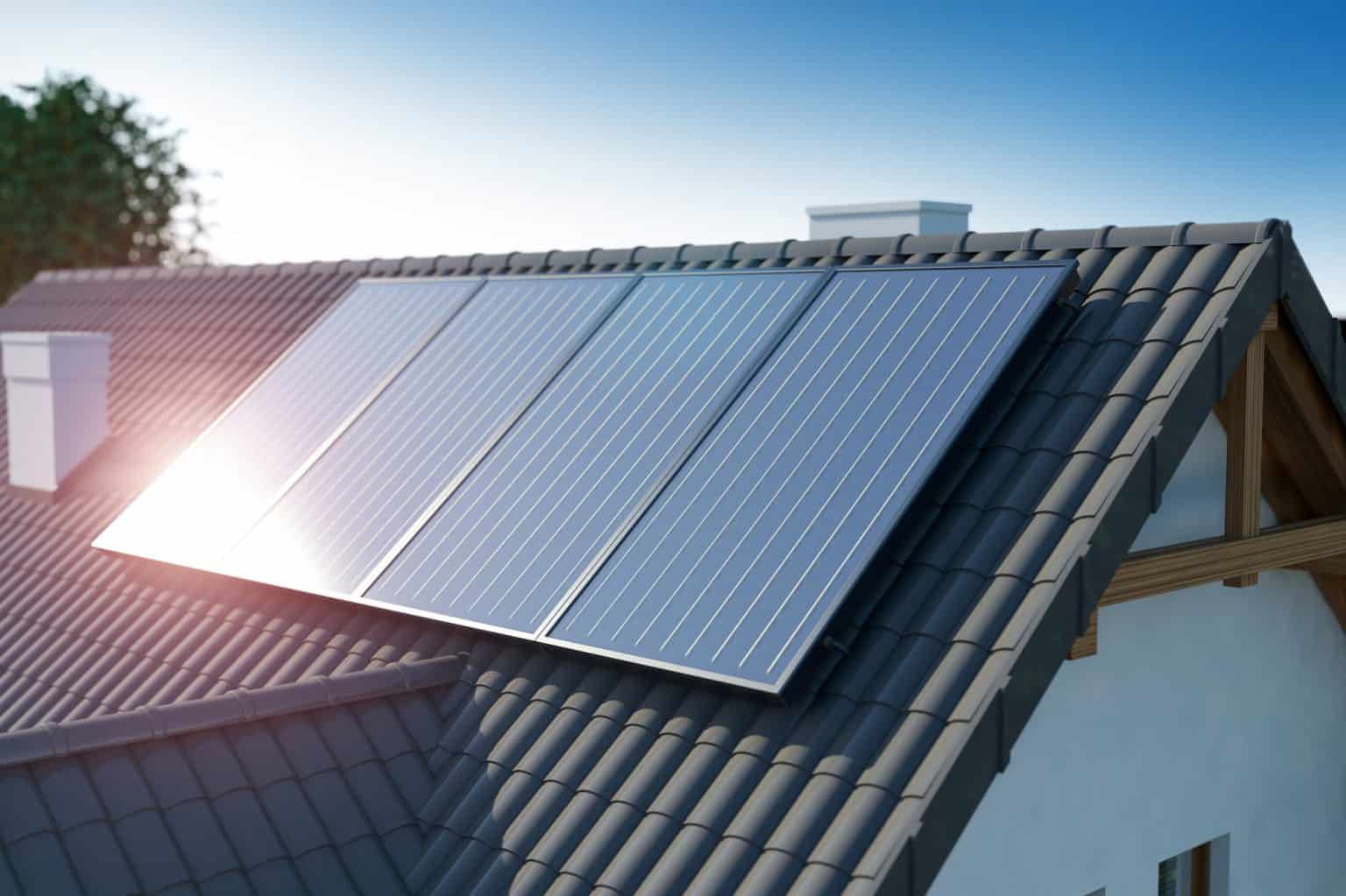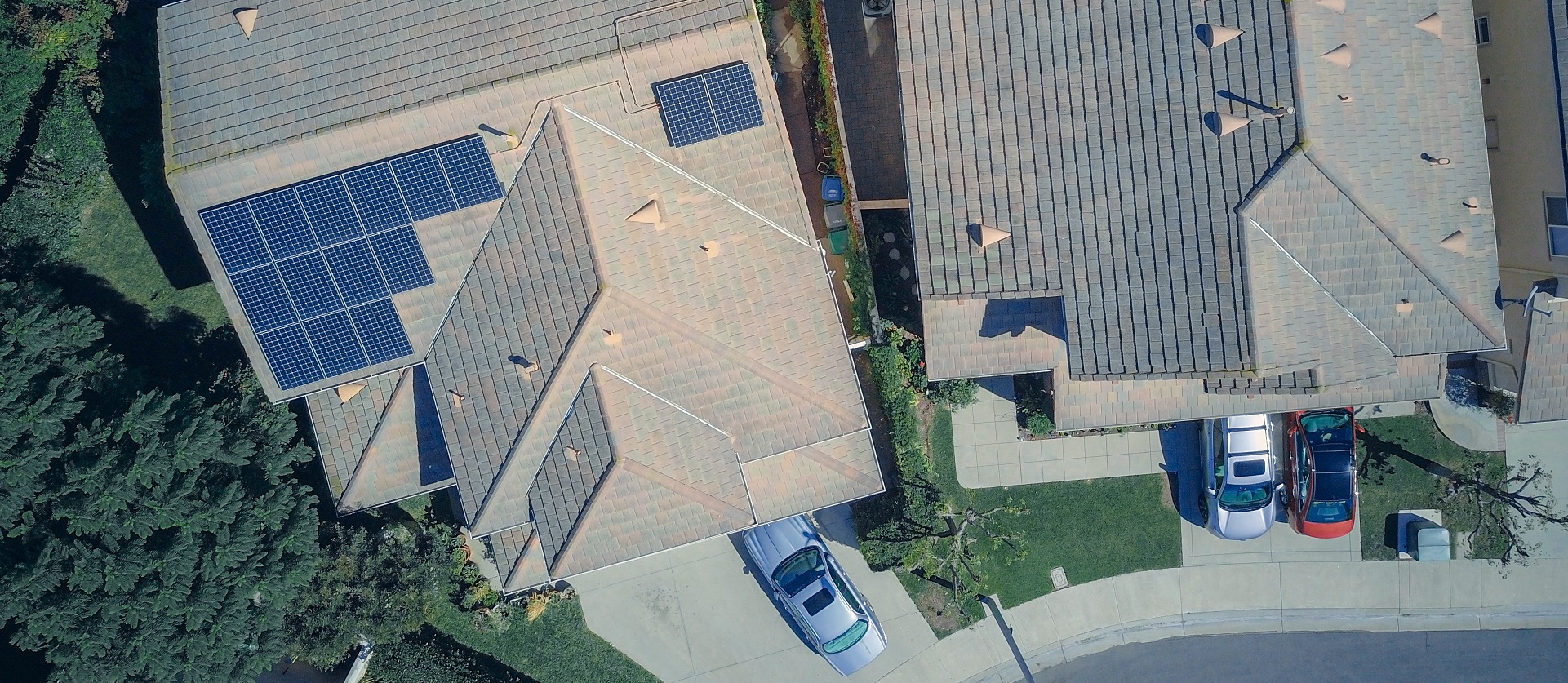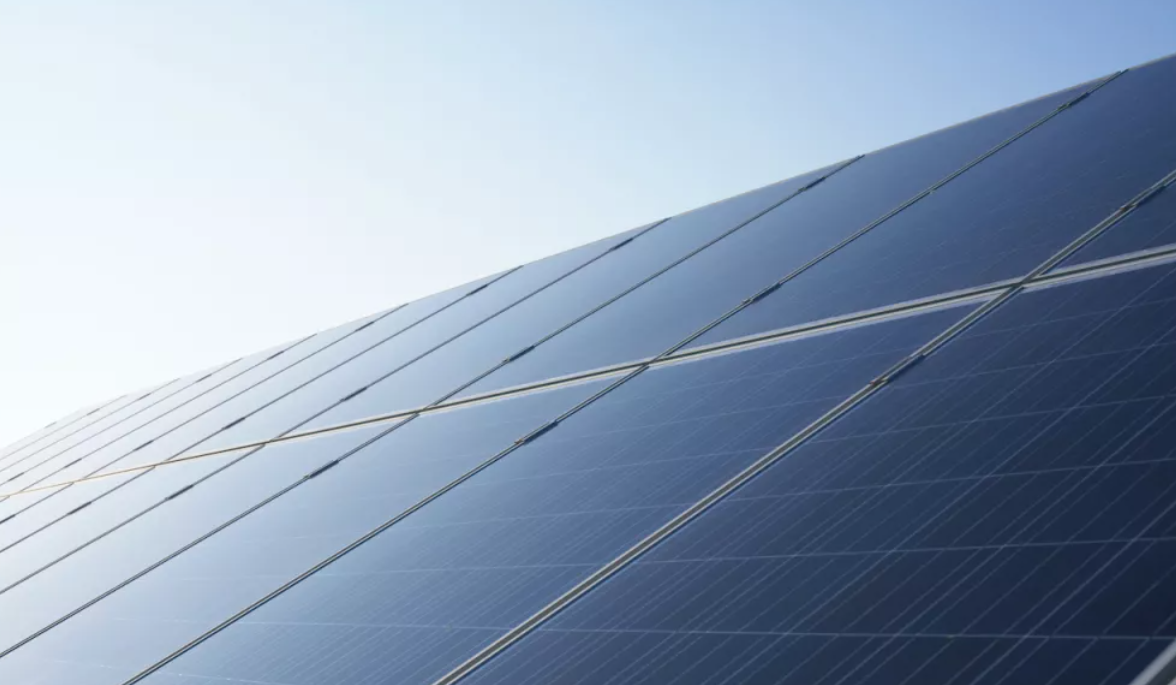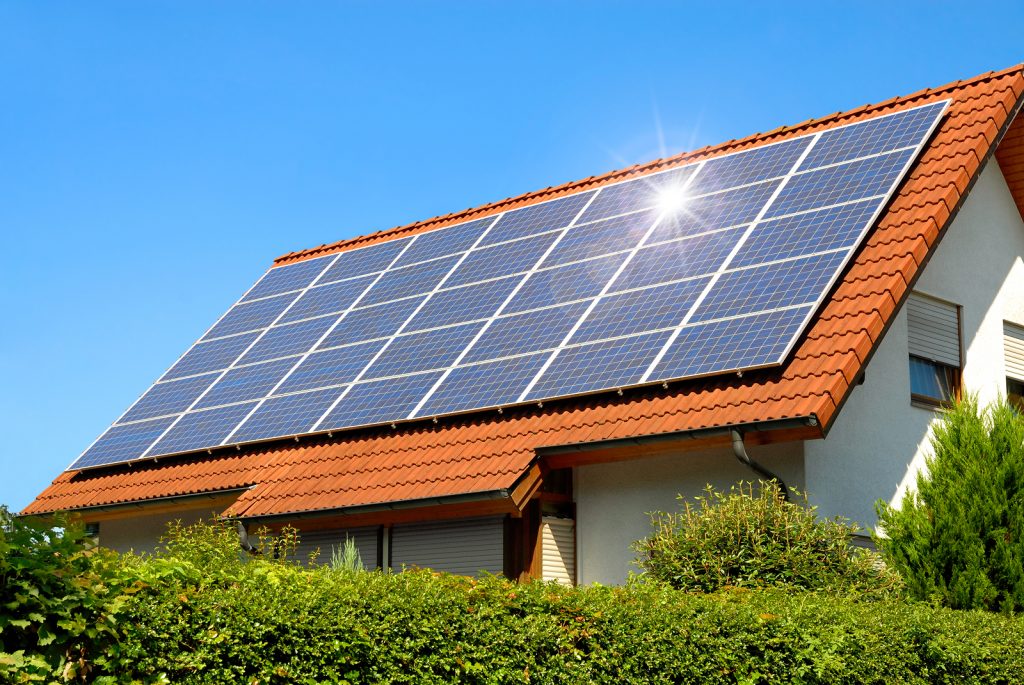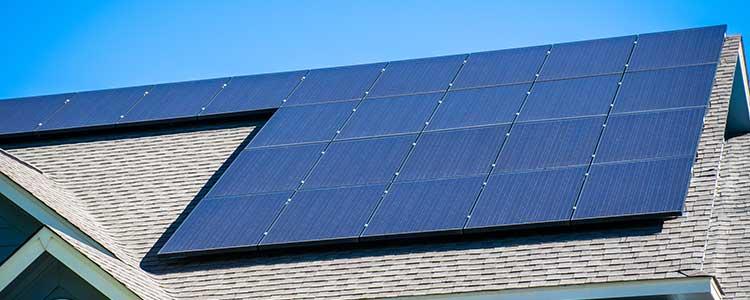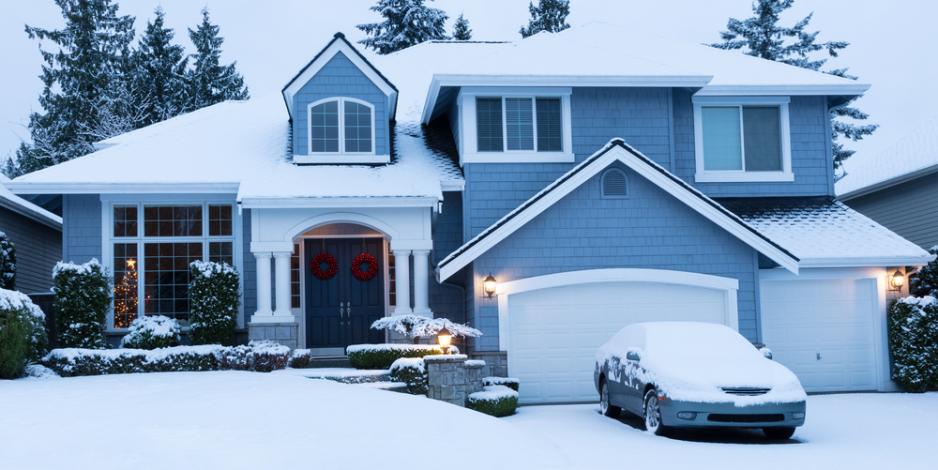Can Solar Be Installed on a Tile Roof?
October 11, 2022
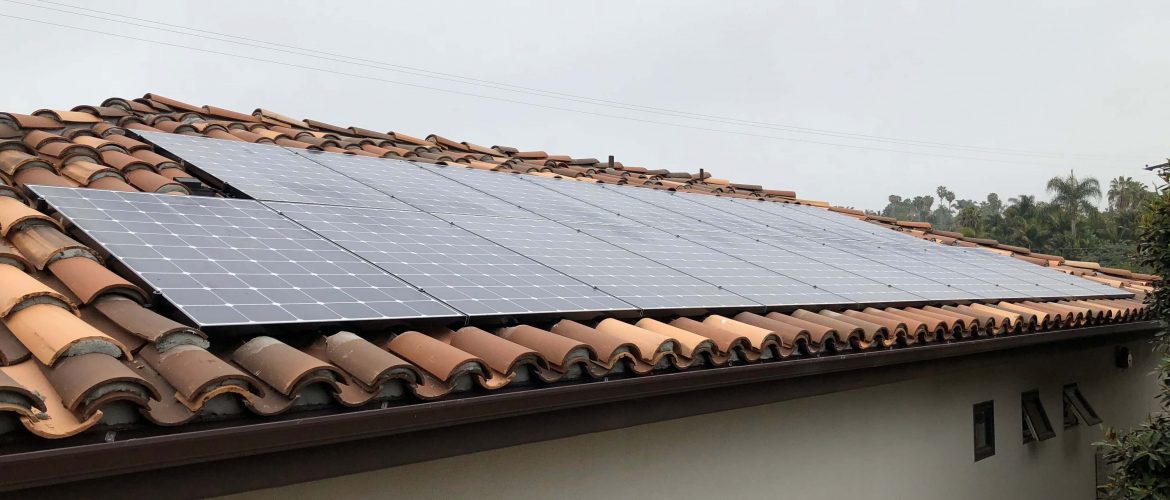
The unique design and cost of your solar system will depend on a variety of things when you’re ready to put solar panels on your home. Different roof types call for various installation procedures. For instance, lightweight tile roofs can provide particular difficulties and requirements for a solar installer. Before incorporating solar energy into your tile roof, you should be aware of the following.
What makes solar installations on thin-tile roofs special?
The west and southwest of the United States are home to many cement and clay tile roofs, also referred to as Spanish tile or terra cotta tile. This type of tile is frequently connected with the following three shapes: “W,” “S,” or flat tile. Lightweight tiles are those that weigh less than nine pounds per square foot. Have you ever attempted to do maintenance or repairs while walking across your tile roof? These tiles are brittle and readily shatter, so it’s likely that you’ve damaged a number of them in the process.
It is not advisable to try to put solar panels directly on top of a thin tile roof. These tiles may endure severe weather well, but they are not made to withstand the strain of additional pressure. During the solar installation procedure, breaks or fractures may appear. If this happens, the integrity of your roof may be compromised, which could result in leaks and other property damage. Drilling through these tiles may also cause harm to the underlayment, the underlying layer of your roof that serves as additional protection beneath tiles or shingles.
Individual tiles may be removed by some solar installers and then replaced with specialized tile replacement mounts. Lightweight tiles that are left in place pose a concern, even if this procedure may be effective for heavyweight tiles. Even if this installation technique is used and solar panels are mounted without tile breakage, future problems could still arise. Due to the fragility of lightweight tiles, vibrations caused by wind passage between the panels and the racking system resting on top of the tiles can lead to future catastrophes.
How are solar panels installed on tile roofs?
An inset solar installation, also known as a “comp-out,” is a preferred method for installing highly efficient solar panels on a lightweight tile roof. This method will add extra steps and costs to your solar project, but it will give you long-term durability and help prevent potential damage to your home.
During this procedure, a roofing expert replaces the old tile roof with new composite shingles in the area where the solar array will be situated. In order to ensure that the roof is totally waterproof, transitions are reinforced with sheet metal, known as flashing, and sealed.
The solar array is then installed on the composite shingle surface by a solar specialist. Particularly when compared to the risk of unintentional damage to delicate lightweight tiles, it is unlikely that composite shingle damage that could result in a damaged roof will occur.
The area around the solar array is filled in with the previously removed tiles after solar installation on the composite shingles is finished. This gives the solar array the appealing look of being incorporated into the roof.
What are the advantages of installing inset solar panels?
The costs related to solar-necessary upgrades of comp-outs may qualify for the Solar Investment Tax Credit, just like other roof replacements that are a part of the solar installation process.
Due of how they seem overall, inset installations are popular among homeowners. It creates a low-profile style that is frequently employed on new home designs when solar energy is predetermined, giving the impression that the house was constructed with solar power in mind. The leftover tiles that are taken from your roof for the composite shingle installation are also yours to keep and can be used for other projects or repairs in the future.
Also Read: Factors that Affect Your Total Solar Panel Installation Cost
You may find as a homeowner that some traditional solar system providers will go ahead and install solar panels on a tile roof without a comp-out. But that doesn’t mean you should use this technique for installing solar panels. Keep in mind that your home will have these solar panels for a very long time. As a result, all of our solar companies offer a 25-year industry-leading warranty to homes as a result. The key is knowledge. By participating actively in your planned solar installation, you can guarantee that the integrity of your roof is maintained.
Make the Solar Energy Switch Today!
Related Articles:

